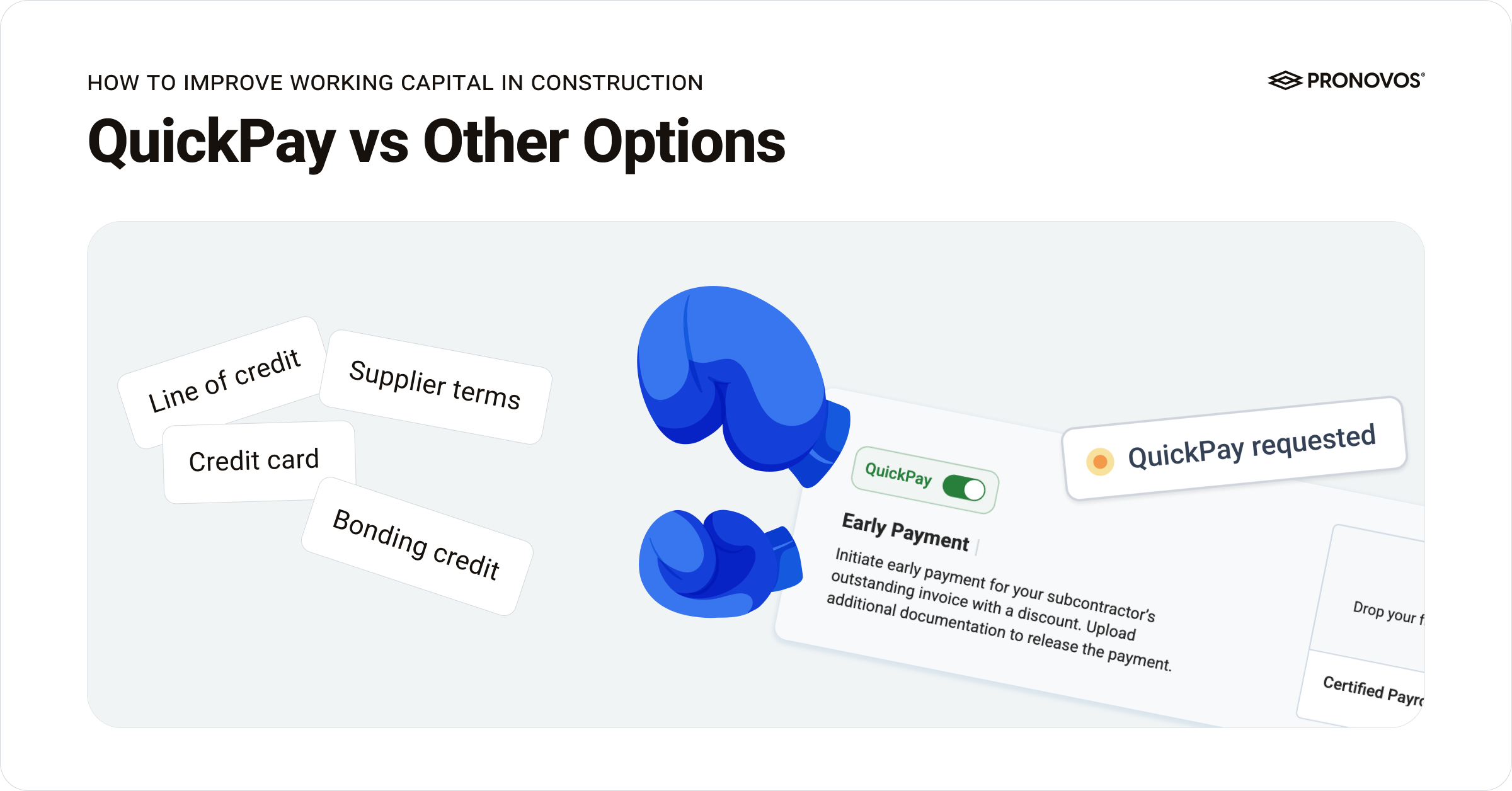A Schedule of Values (SOV) can sound technical when you first encounter it, but it is one of the core financial tools used on construction projects. At its simplest, a Schedule of Values is a roadmap that shows how the contract value will be broken down, billed, and tracked as the project progresses. It connects the contract, the scope, and the cash flow.
This guide explains what a Schedule of Values is, why it matters, and how it works in practice, so you can understand the basics before exploring more advanced billings and financial strategies.


 Kevin Bright
Kevin Bright

